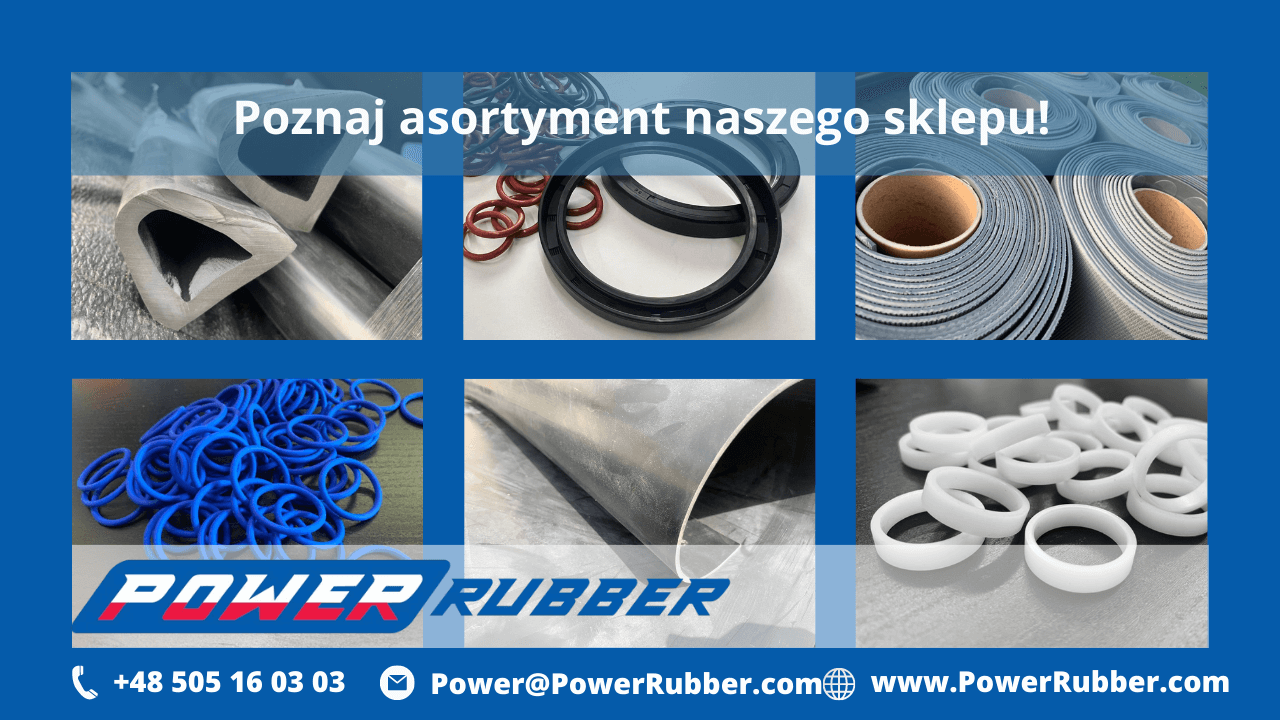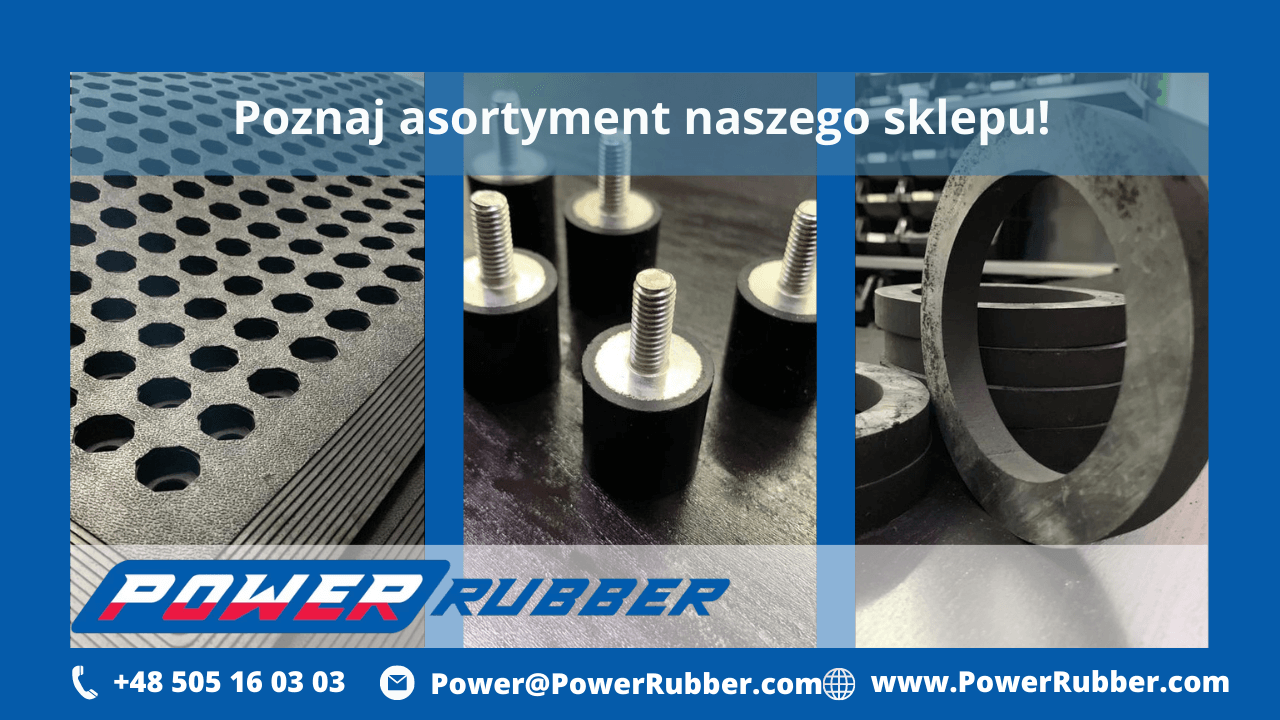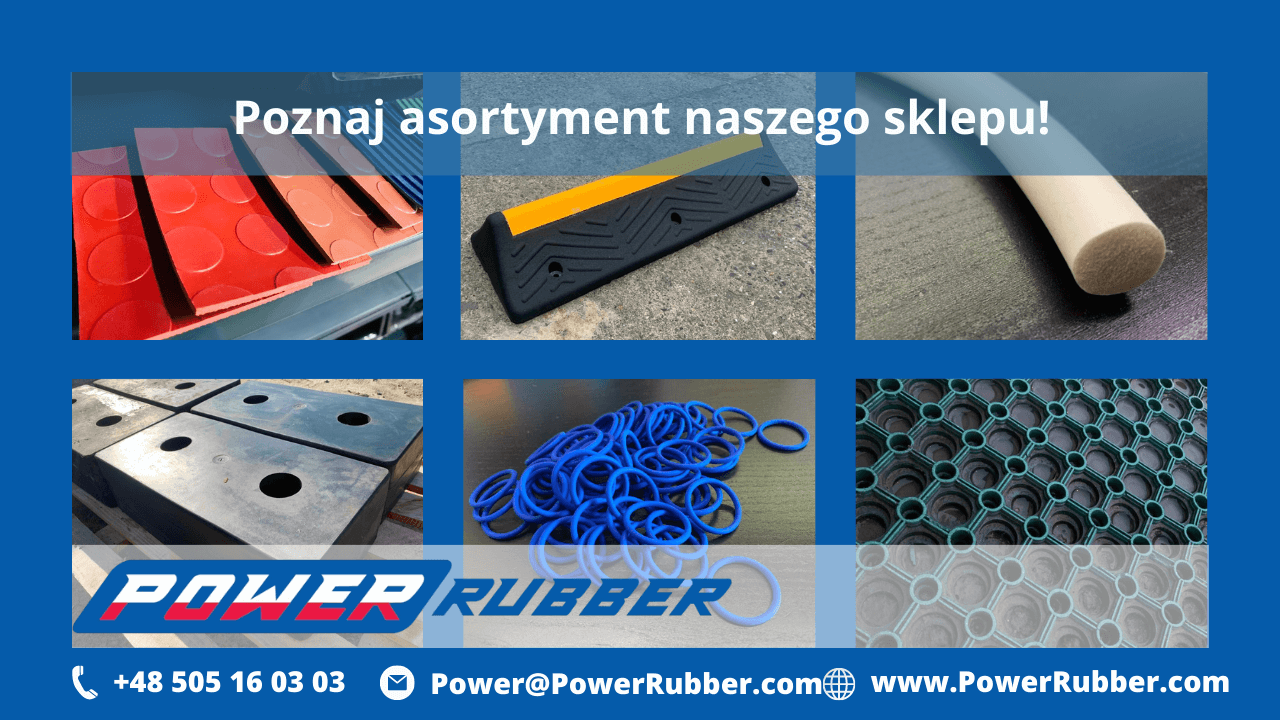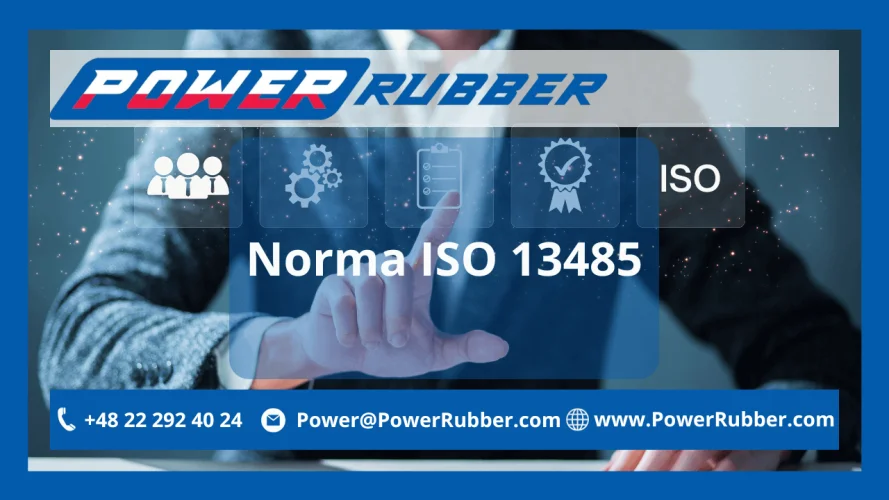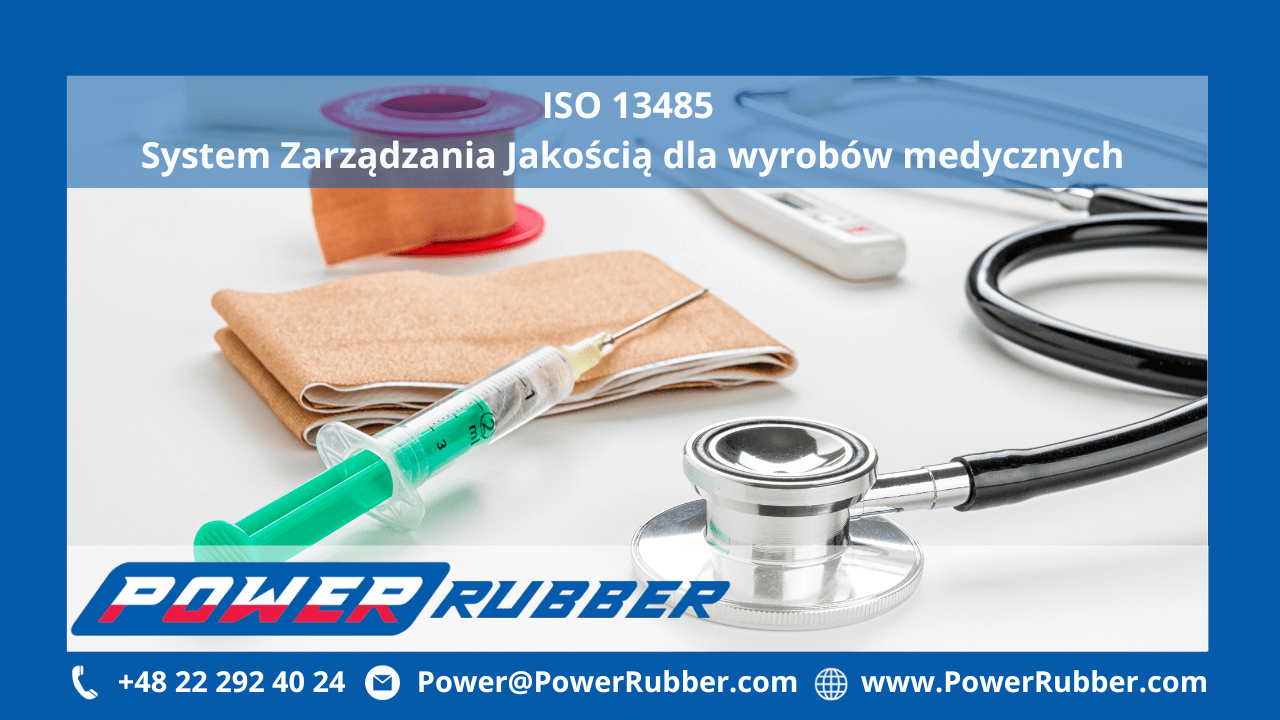ISO 13485 – Quality Management System for Medical Devices
The ISO 13485 standard was developed by the International Organization for Standardization (ISO) to establish criteria and specific requirements for a Quality Management System (QMS) related to the design and manufacture of medical devices.
What is ISO 13485 Quality Management System for Medical Devices?
A Quality Management System (QMS) is defined as a formalised system that allows an organisation to monitor, document, and manage quality assurance processes. In the medical device industry, a QMS helps to direct and coordinate organisational activities to comply with customer expectations and regulatory requirements.
What does implementing a QMS involve?
Quality Management System – outlines requirements for maintaining documentation, conducting internal audits to ensure compliance with the standard, and introducing corrective actions in case of non-conformities.
Risk Management System – the organisation establishes a risk management process to handle unexpected events, analyse potential hazards linked to devices, and implement methods for identifying risks during the product lifecycle.
Compliance Verification – delivering medical devices and related services involves verifying they meet customer specifications and regulatory criteria in line with ISO 13485. Compliant devices must have traceability systems and record-keeping mechanisms that enable access to product data throughout its lifecycle.
Control System – ISO 13485 certification requires medical device manufacturers to supply products that meet client needs in accordance with applicable regulatory demands. Non-conformities must be detected and resolved swiftly and effectively.
Key Benefits of Implementing a QMS:
-
Maximised productivity and efficiency
-
Delivery of high-quality medical devices and services
-
Continuous improvement of service quality
-
Better coordination to meet customer and regulatory requirements
-
Improved process efficiency
-
Consistent and standardised procedures
-
Ability to identify defects and non-conformities
Understanding the ISO 13485 Standard
The main goal of ISO 13485 is to harmonise regulatory requirements for medical devices. Products must meet specific guidelines to ensure safety and consistently high quality. These regulations include areas such as design, development, manufacturing, inspection, packaging, labelling, servicing, repairs, disposal, and documentation.
ISO 13485 ensures that companies comply with defined quality standards and regulations and that products are manufactured in accordance with industry best practices.
What Are the Benefits of ISO 13485 Certification?
ISO 13485 is a standard designed for all organisations involved in medical devices, including design, production, component supply, storage, servicing, and disposal. Each of these organisations is required to provide products that meet strict legal standards and quality requirements.
Why is ISO 13485 certification valuable?
Compliance with International Standards
Adopting ISO 13485 confirms that a medical device meets legal requirements, passes conformity assessment procedures, is safe to use, and has proven effectiveness.
Improved Efficiency and Productivity
Implementing ISO 13485:2016 as the foundation for a quality system results in greater operational efficiency and productivity across the organisation.
Enhanced Brand Reputation
An ISO 13485 certificate is a vital asset in building brand credibility. Regardless of the size of the company, certification proves its capability to deliver products that meet customer expectations and comply with legal obligations.
-
Better supplier control
-
Full-cycle risk management
-
Adherence to strict production guidelines
-
Increased brand recognition
Reduced Risk of Product Recalls
Meeting all safety and regulatory requirements minimises risks related to product failures, reduces the number of complaints, and lowers the likelihood of product recalls due to defects or malfunctions. A committed medical device manufacturer protects its customers and maintains a positive market reputation.
Summary of ISO 13485 Certification Benefits:
-
Higher performance and productivity
-
Transparent processes and well-documented internal procedures
-
Effective and sustainable production methods
-
Reduced operational costs (fewer returns and complaints)
-
Stronger brand trust and credibility among customers
-
Compliance with international safety and quality standards
-
Competitive advantage in a regulated market
How to Obtain ISO 13485 Certification?
To achieve certification, a company must submit an application to an accredited certification body. Certificates are issued by certification authorities accredited to carry out ISO 13485 assessments.
The certification process includes planning the QMS, meeting regulatory requirements, implementing design controls, approving document control procedures, and executing management processes such as corrective and preventive actions, followed by a certification audit.
Several training courses are available to help organisations understand the ISO 13485 standard. These courses offer practical insight into how ISO 13485 can be applied effectively, including key topics such as regulatory frameworks, legal compliance, quality system management for medical devices, auditing practices, and managerial responsibilities.
For any questions, feel free to contact us at +48 22 292 40 24 or +48 50 516 03 03, via email at Power@PowerRubber.com, or through our contact form.
